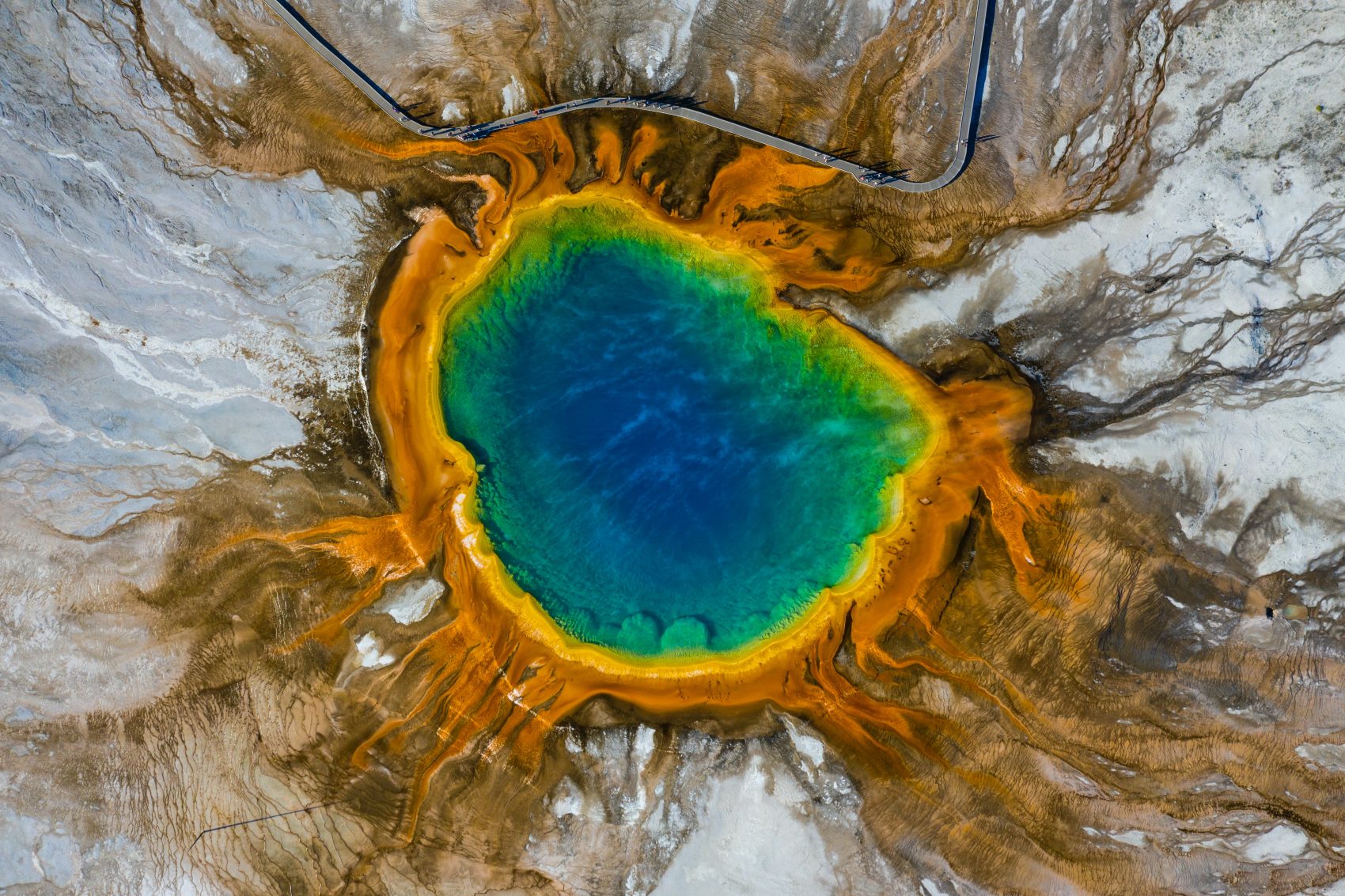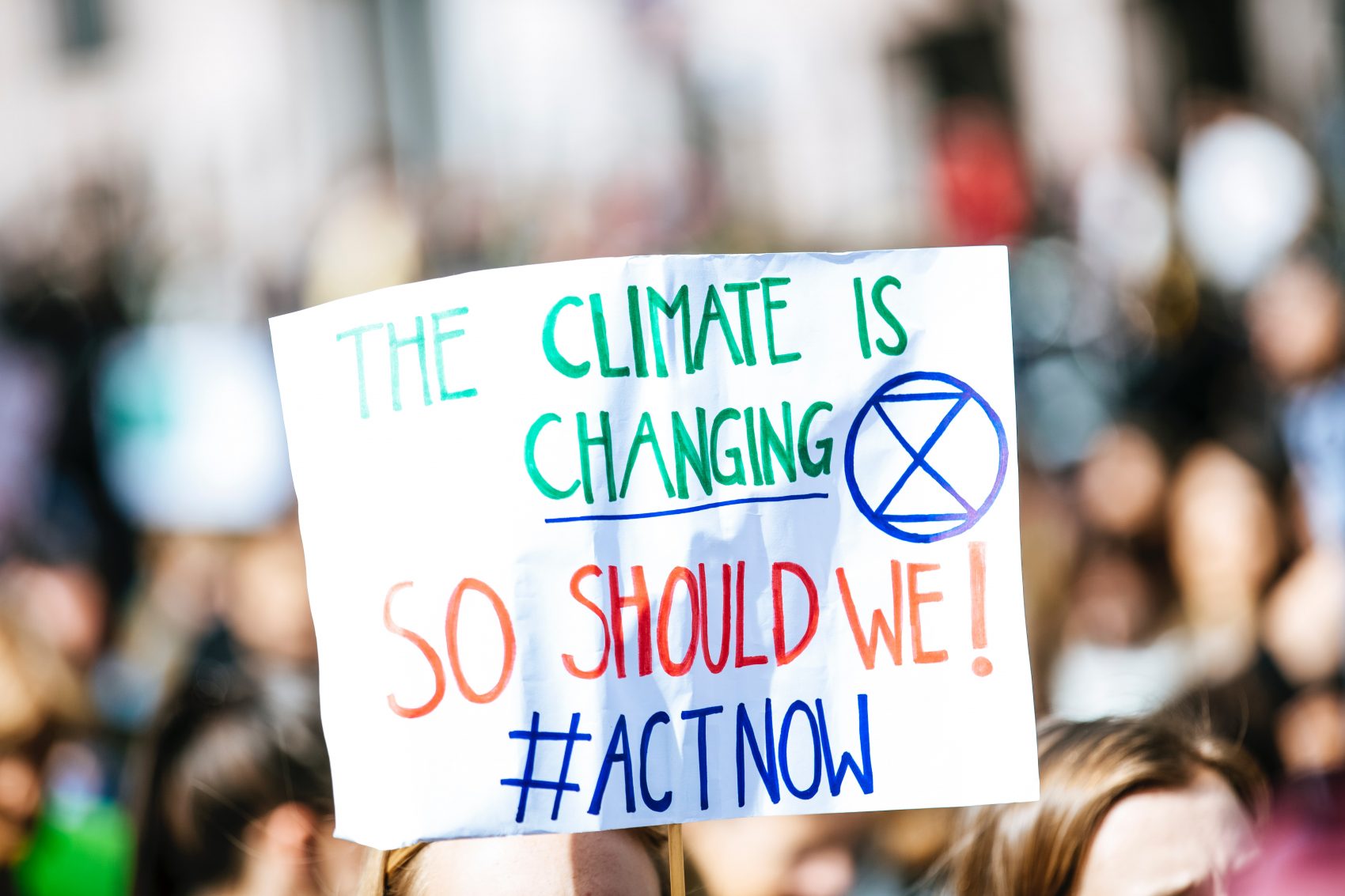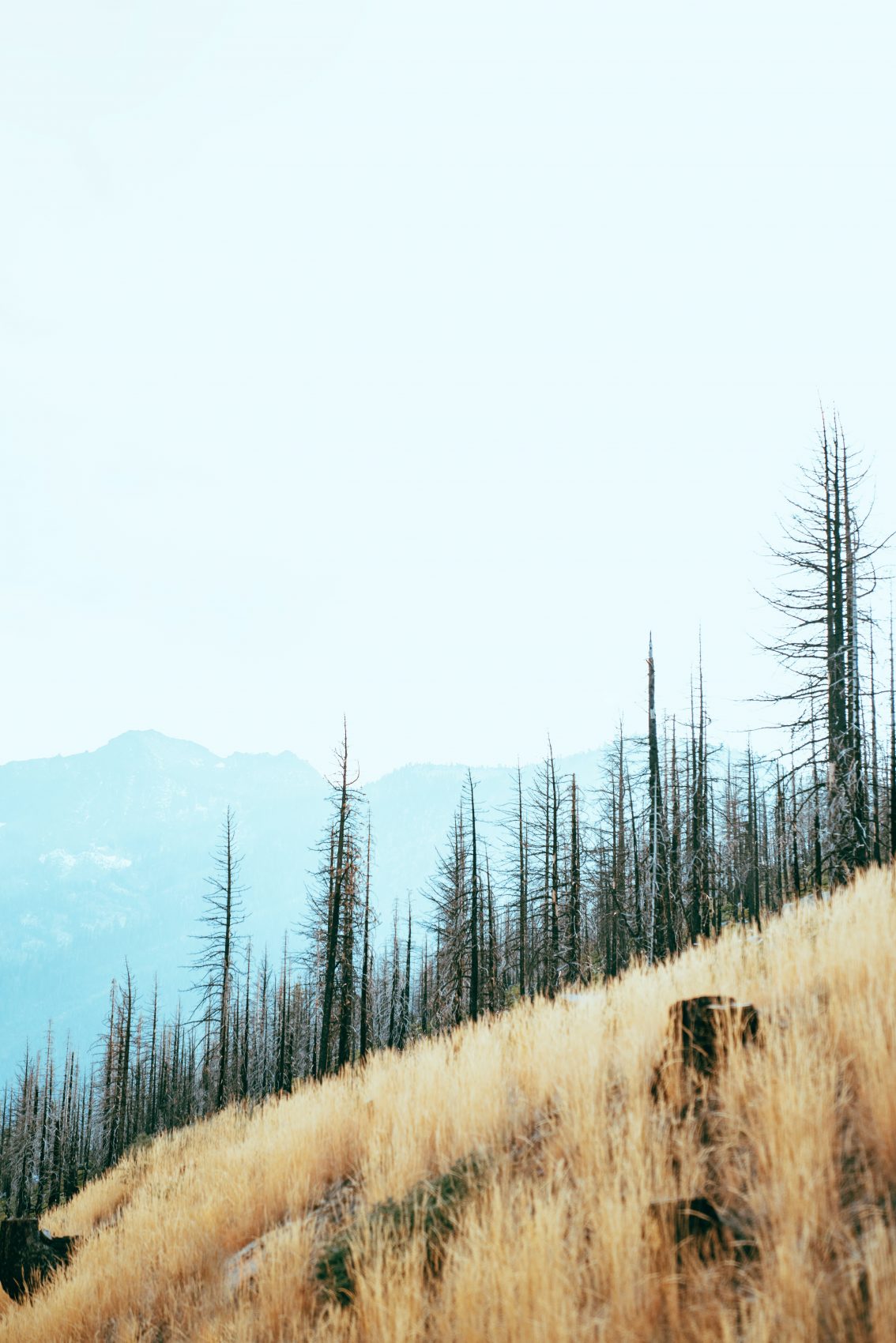
All 3,472 miles of Yellowstone National Park are in danger as the world continues to battle climate change. Yellowstone National Park, which stretches between Montana, Wyoming, and Idaho, is foreseeing its hottest period within the last 800,000 years.
While the climate has been seen behaving like nothing before, it isn’t something unexpected for Yellowstone. Since 1950, the park has been experiencing the negative effects of global warming such as shorter winters and longer summers, decreased snowpack, and risk of wildfires, according to PBS. These changes were observed within a “Climate Assessment.” The Climate Assessment states that the temperatures in Yellowstone are as high or higher as during any time in the last 20,000 years and are predicted to be the hottest within the past 800,000 years. The Climate Assessment also proves that average temperatures have risen since 1950 by 2.3 degrees Fahrenheit (1.2 degrees Celsius), as stated by Express.
Global warming not only affected the temperature, but also the agricultural process and weather. Yellowstone’s spring thaw started many weeks sooner than usual. This caused its stream runoff to hit its peak eight days earlier than it did in 1950. The warm climate has caused the annual snowfall to decline greatly, leaving extra rain every season. Because of the extended summer, warmer weather and excessive rainfall, the Yellowstone region’s agricultural growing season was two weeks longer than it was in 1950, according to PBS.

Yellowstone National Park, which was designated as the first National Park in the United States, could also face its landmarks being defaced by the roaring high temperatures. Climate Central States that since the late 19th century, the number of glaciers in Montana’s Glacier National Park has reduced from 150 to 26, with the remaining glaciers expected to prevail this century. Additionally, Colorado’s Rocky Mountain National Park has experienced many losses of spruce and white pine trees, and warming-related bark-beetle infestations have killed an estimated 834 million trees within the state, as claimed by PBS.
If global warming isn’t taken seriously until it’s too late for Yellowstone National Park, there will be irreversible consequences to the natural wonder’s climate, seasons, and landmarks.
